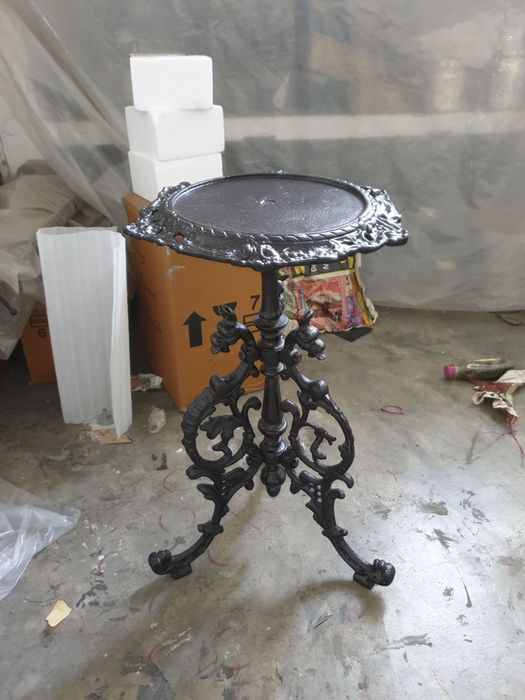SAONER HOUSE

DR. AJAY MONDHE
2023 - NAGPUR, MAHARASTRA, INDIA
_edited_edited.jpg)
Designed for a culturally rooted couple—with one hailing from Uttar Pradesh and the other from Maharashtra—the home delicately weaves together diverse regional identities through materiality, symbolism, and spatial storytelling.
Designed for a culturally rooted couple—with one hailing from Uttar Pradesh and the other from Maharashtra—the home delicately weaves together diverse regional identities through materiality, symbolism, and spatial storytelling.
At the heart of the design lies a contemporary interpretation of classic Indian sensibilities, expressed through a refined, minimalist approach. Every corner of the residence reflects an intent to celebrate Indianness—not through ornamentation, but through thoughtful expression. The palette and palette draw generously from the subcontinent: natural stones, traditional carvings, inlay work, and time-honored crafts sourced from Gujarat, Rajasthan, Maharashtra, Chhattisgarh, Delhi, Uttar Pradesh, and Madhya Pradesh.
All furniture was custom-designed to harmonize with the spatial narrative, marrying form with function. Brass, rich woods, marble, and carved sandstone breathe authenticity into the interiors, echoing the textures and tones of traditional Indian architecture.
A standout feature is the pool area—an homage to the architectural geometry of India’s ancient stepwells—creating a quiet oasis of reflection and retreat. Another anchoring element is the Tulsi Ghar, a sacred symbol in Maharashtrian homes. Positioned with reverence, it forms a spiritual axis visible from multiple key zones: the entrance, living and dining areas, master suite, and the central common space—quietly grounding the home in ritual and rhythm.
This residence is more than a physical space; it is an embodiment of identity, culture, and evolved aesthetics. It reflects a life where heritage meets aspiration—where design uplifts everyday living while holding space for memory, meaning, and mindfulness.
The result is a home that resonated deeply with the clients and their community—inviting admiration, evoking nostalgia, and affirming the timeless beauty of Indian design through a modern lens.
Design Details
Nestled atop a serene third-floor expanse in Nagpur, this 7000 sq.ft. residence is a soulful confluence of Indian heritage and contemporary living.
Flooring throughout the space features rich combinations of natural marble and sandstone, accented with intricate stone inlay work that brings softness and rhythm to the interiors. These patterns were developed through close collaboration with artisans, interpreting traditional motifs in a simplified language suitable for modern living.
Furniture in the home is entirely custom-made—sculpted forms in teak and rosewood, detailed with brass, hand-carved stone, and subtle joinery cues that echo temple architecture and vernacular homes. Each piece is rooted in Indian typologies but reimagined for contemporary function, with inspiration drawn from both Maharashtrian and North Indian architectural elements.
The Tulsi Ghar, carved from Dholpur red sandstone, holds spiritual and symbolic weight. It was positioned deliberately to remain visible from the home’s key spaces—a quiet axis connecting movement, ritual, and rest. Its form draws from traditional Maharashtrian domestic architecture, reinterpreted with restraint.
The pool area reimagines the geometry and materiality of India’s ancient stepwells—using locally quarried stone, subtle depth transitions, and reflective stillness to create a contemplative outdoor space that feels both rooted and rare.
Materials were sourced from Gujarat, Rajasthan, Maharashtra, Chhattisgarh, Delhi, Uttar Pradesh, and Madhya Pradesh—each region contributing its own narrative. Black stone from Maharashtra, sandstone from Rajasthan, wood from Uttar Pradesh, brass work from Delhi—each material carries the hand of a craftsperson, the memory of a place.
The making process was as much about curation as it was about construction. It involved traveling to workshops, prototyping with artisans, and aligning details until they felt just right. No element was ornamental for ornament’s sake—every texture, every edge was considered, contextual, and deeply intentional.





























